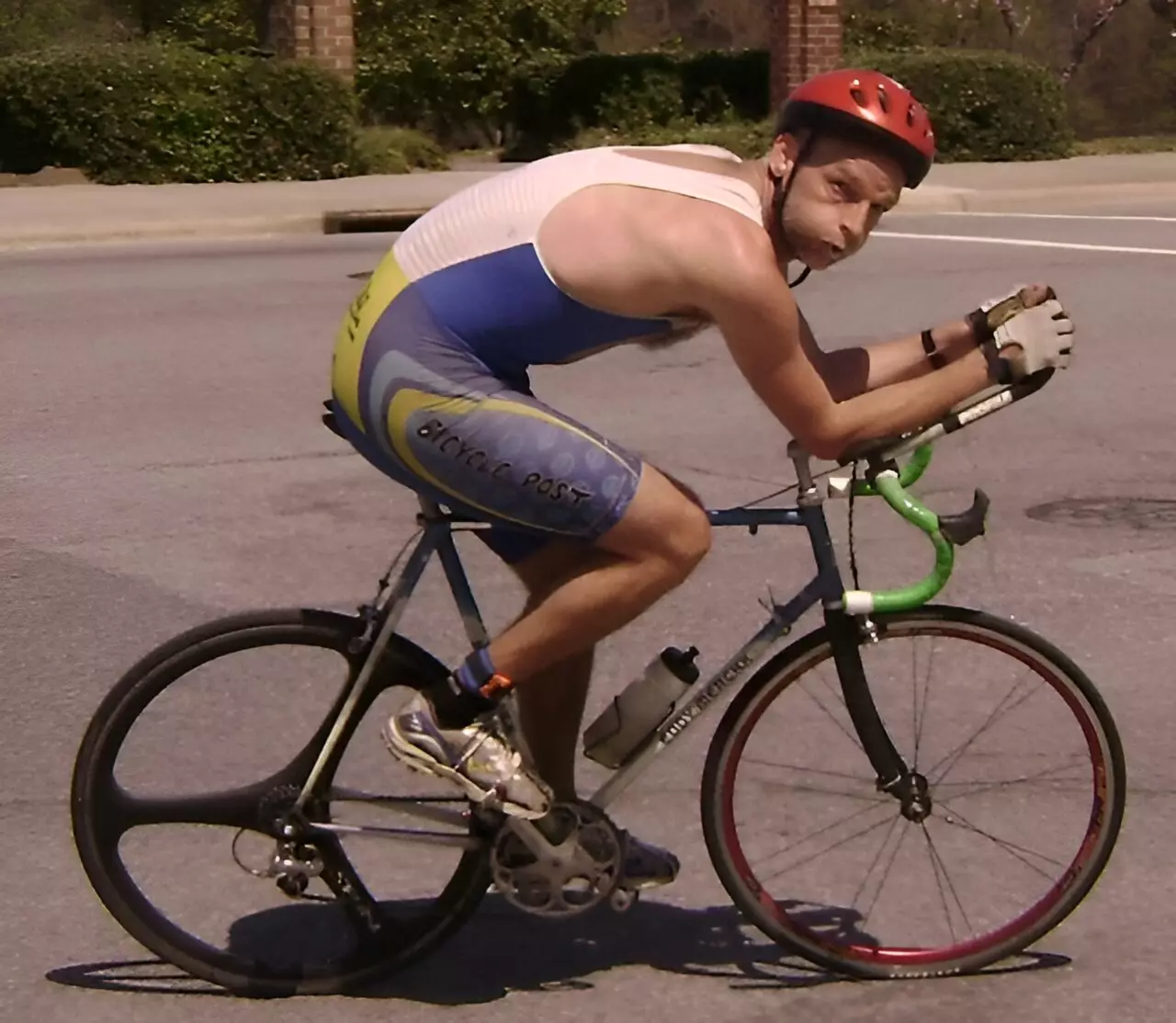The term “Everesting” has recently surged in popularity among cycling enthusiasts, denoting the extreme challenge of climbing and descending a mountain repeatedly until the total elevation gained matches that of Mount Everest—8,848 meters. This audacious feat taps into the heart of both cycling prowess and personal endurance. However, a contentious discussion emerged in the cycling community following the announcement of a new Everesting record. The record was contested partly due to the report of exceptionally favorable tailwinds during the climbs measuring approximately 5.5 meters per second, a condition that could drastically impact performance. The question arose: how much does wind velocity genuinely contribute to success in cycling, and should restrictions be imposed on permissible wind conditions?
To comprehend the implications of wind in cycling, we first need to break down the underlying physics of the sport. Martin Bier, a professor of physics at East Carolina University, delved into this debate, attempting to unravel the complexities involved in cycling dynamics. He highlighted that cycling fundamentally differs from running due to the smooth forward motion enabled by the bike. The mechanics of cycling hinge more on rolling motion and less on the exertion of vertical energy seen in running.
One critical factor affecting cycling performance is air resistance, which exponentially increases with speed. This characteristic poses a significant roadblock for cyclists on flat or descending terrain, as racers must exert considerable energy to overcome this force. The mathematics is stark; doubling a cyclist’s speed necessitates quadrupling the energy output, while tripling speed calls for an increase of ninefold in power. In contrast, when tackling uphill gradients, air resistance becomes less relevant due to the decreased speed of the ascent, making direct comparisons challenging.
In the context of Everesting, the assertion that a tailwind can considerably alter a rider’s experience requires scrutiny. Bier pointed out that while a headwind can impede a cyclist’s speed significantly during the high-velocity descent phase—at about 80 kilometers per hour—any benefits from a tailwind during the ascent are marginal compared to the relentless force of gravity.
Consequently, while wind may serve as an aid in the uphill climb, it is inadequate to offset the strenuous battle against gravity. The physics suggests that any advantage associated with favorable wind conditions pales in comparison to the rider’s need to conquer gravitational forces and resistance. The descending portion of a cyclist’s journey, complicated by a headwind, results in a stark decrease in efficiency due to the exponential nature of air resistance. Thus, the energetic contribution from the tailwind on the climb proves negligible in the grander scheme of the Everesting feat.
The conclusions drawn from Bier’s exploration present a sobering reality for those intent on elevating their Everesting achievements. Instead of relying on fortuitous weather conditions, serious cyclists must emphasize more tangible variables: improving personal fitness, optimizing their power output, and honing key physiological properties like strength-to-weight ratio. The conclusion is clear—there are no shortcuts to success.
If individuals genuinely aspire to improve their times, they must consider rigorous training regimens that focus on enhancing wattage output and reducing body mass. This physical commitment outweighs any opportunistic hope for favorable conditions and highlights the understanding that mastery in cycling requires sustained effort and strategic planning.
The discourse around wind’s influence on cycling performance, especially within the Everesting context, highlights a fascinating interplay between physics and athleticism. Although the complexities of air resistance and gravity may seem daunting, the insights gained serve to clarify the path forward for aspiring Everesters. Understanding and prioritizing critical variables such as power, weight, and rigorous training will undeniably yield better results than banking on ephemeral wind conditions. As cycling continues to evolve, so too must the strategies employed by its challengers—ensuring that the triumphs achieved on the bike are earned rather than attributed to whims of nature.


Leave a Reply